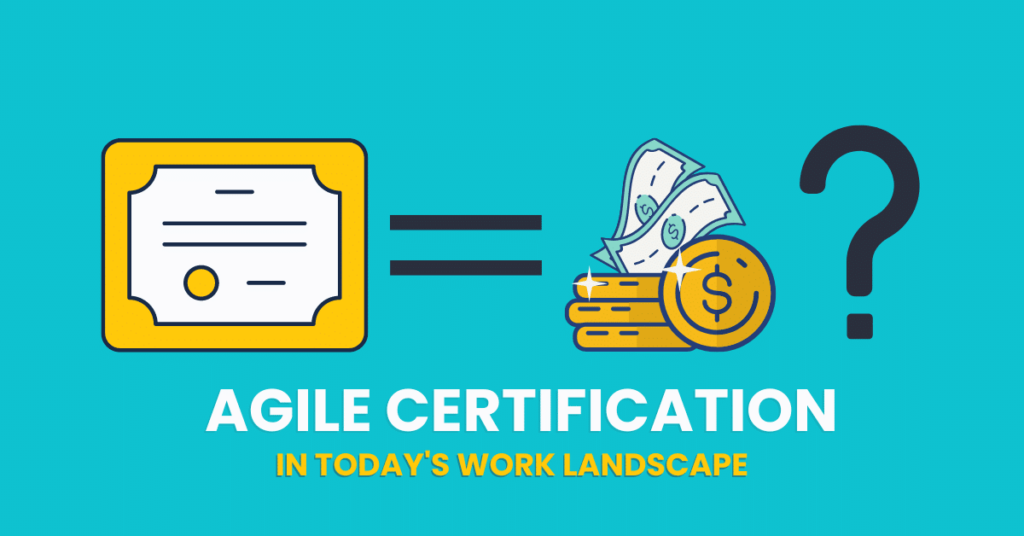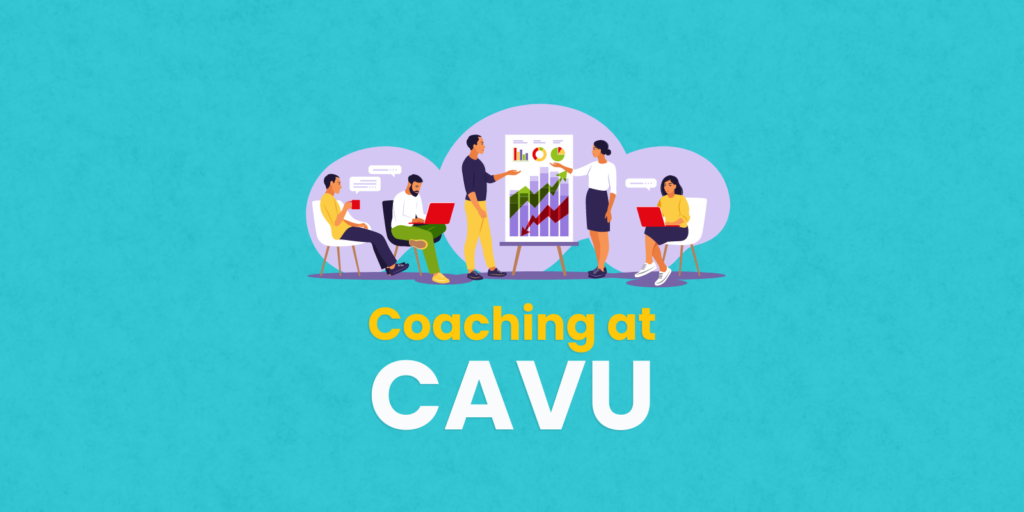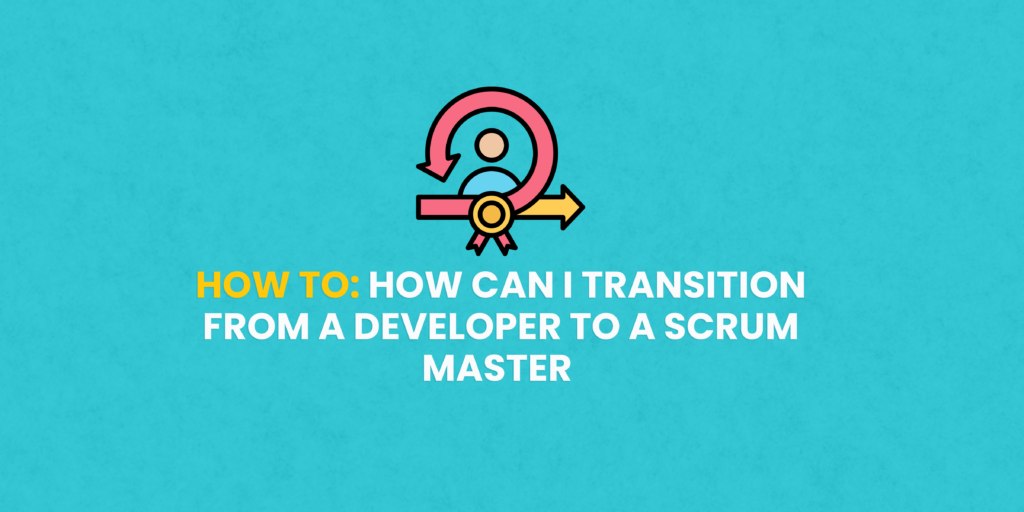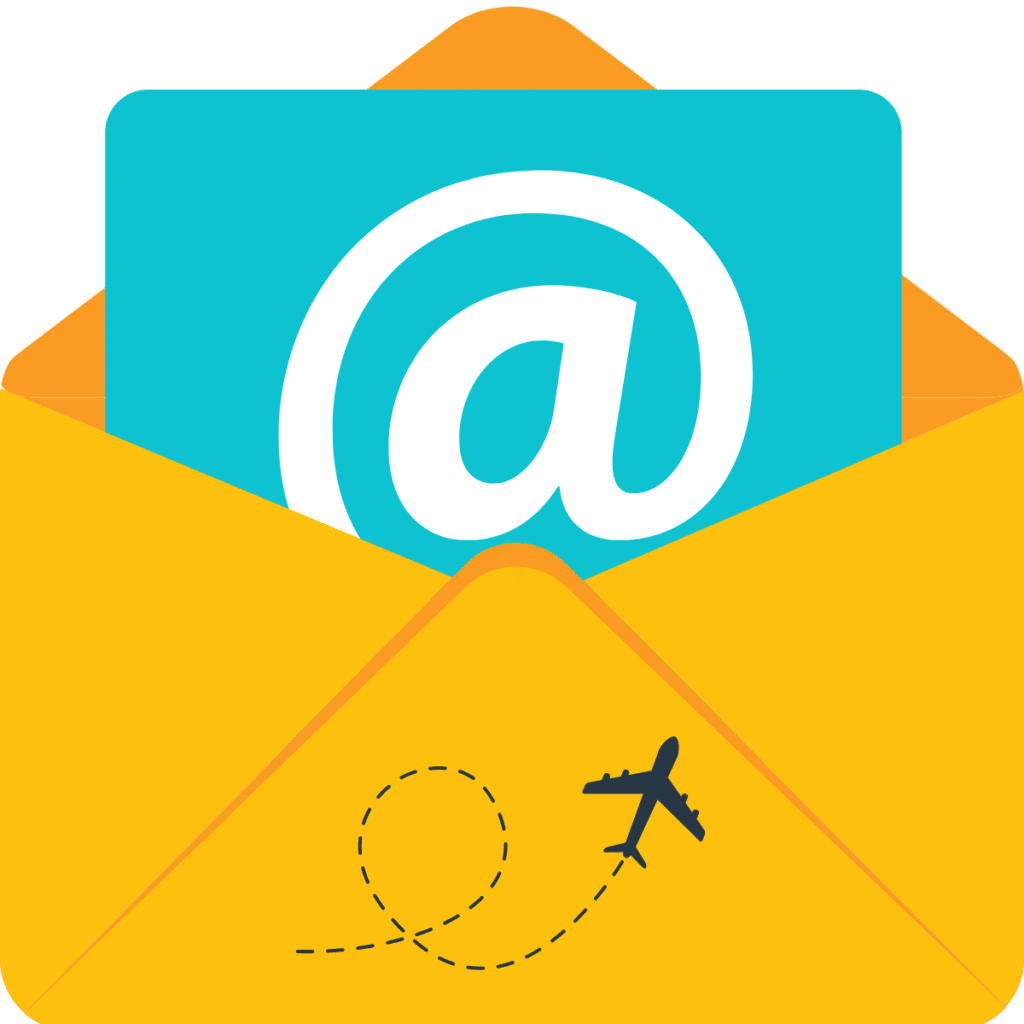Fear of failure is a huge obstacle in many people’s lives. It can be paralyzing and inhibit creativity, but it doesn’t have to.
Failure is an essential element of the Agile Methodology, where the goal is to “fail fast” while collecting feedback to ensure the most efficient use of resources while also delivering a product or service that satisfies the consumer.
In this blog post, we’ll discuss how you should approach projects with the goal of failing faster and learning more from your mistakes so that you’re always improving. We’ll also talk about some creative ways to fail faster (Hint: Think outside the box) and some strategies for getting out of the fear zone!
Why is Failure Important?
Failure can be a difficult concept to learn, but it’s important.
The first time you fall down from learning how to walk as an infant is likely uncomfortable and scary, but the next few steps will be more confident because of what happened before. The same principles apply in other areas of life, too; when we try something new, we learn from our mistakes.
If we learn to embrace failure as an opportunity, we will cease to fear trying new things. This is the reason so many people who learn from their mistakes — Bill Gates and Michael Jordan are two great examples — are successful. Each time they made a mistake or failed at something new, it taught them how to handle similar situations in the future with more confidence. Their failures led to success because of what they learned along the way.
If we never fail, we’ll never grow. Failure is a necessary – and inevitable – part of the learning process.
Why is failing fast important?
The faster you fail, the more quickly you can succeed. If your first idea doesn’t work out, move on to the next one with little wasted time or energy. Avoid pouring resources into an idea that will never take off and then having limited resources for other initiatives down the line. Focus on what works so you can be efficient with your resources.
The goal of failing fast is to find a good idea with as little cost as possible. Getting low-cost feedback can provide you with the information needed to make a decision. Feedback from customers, for example, can tell you what they like and don’t like about your product or service. They may also be able to point out features that are difficult to understand or use effectively. With low-cost feedback, you can quickly determine if your idea is worth pursuing.
How Do I Fail Faster?
Product testing is no longer just making sure a product works; it’s understanding how people actually use and experience it. This provides valuable insight on what is working well for your customers and where to put more resources into the product or service.
A/B testing can provide measurable data on things like who engages with a certain design better or which version of an email generates more revenue. The results of these tests provide quantitative data that can be used to make decisions about your product or service.
Early feedback from customers and users is also vital to make quick adjustments when necessary. This type of adjusting is often referred to as pivoting, where an entrepreneur or business changes their approach or strategy.
Remember, the goal is to test your idea as quickly and cheaply as possible order to find what works best for the customers. Failing faster helps you learn from mistakes so they don’t happen again, potentially saving significant time and money.
A Few Ideas to Fail Fast
- Ask friends and family for feedback.
- Post an idea on Reddit or another forum to get reactions from strangers outside of your network.
- Share your thoughts with others in a Facebook group, Slack channel, Twitter thread, etc.
- Survey people you don’t know (e.g., Survey Monkey, Google Forms).
- Build an A/B test or experiment to measure the impact of your idea.
- Book a meeting with someone who has more expertise in this area than you do (e.g., talk with a friend, family member, mentor, professor at school).
- Ask for feedback on early drafts of the content before posting it publicly.








